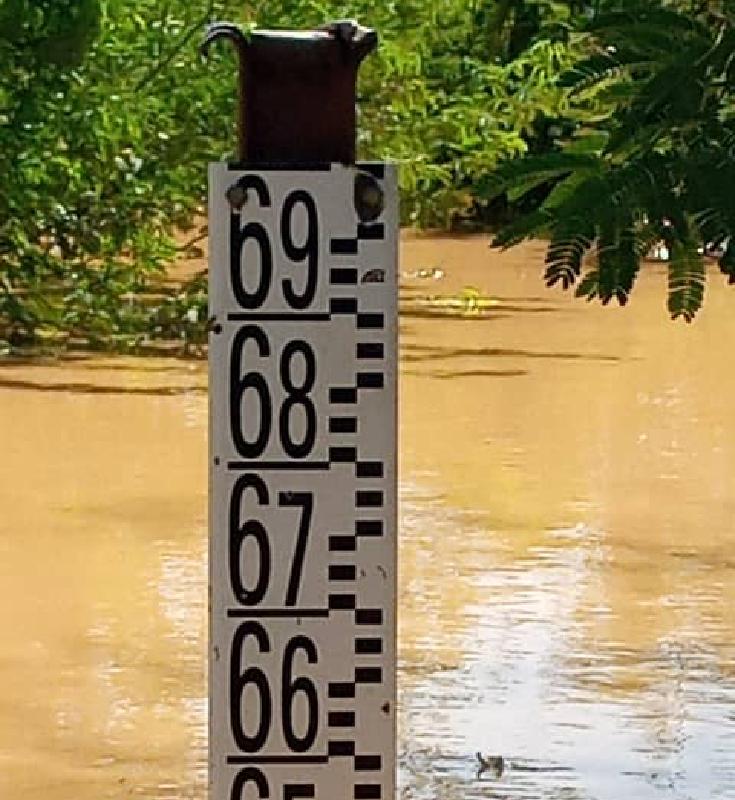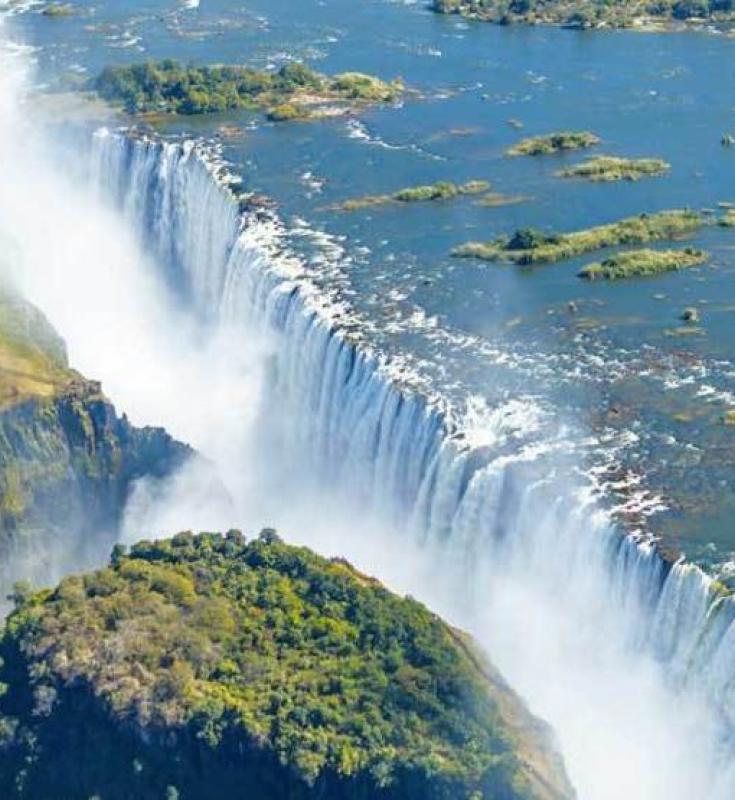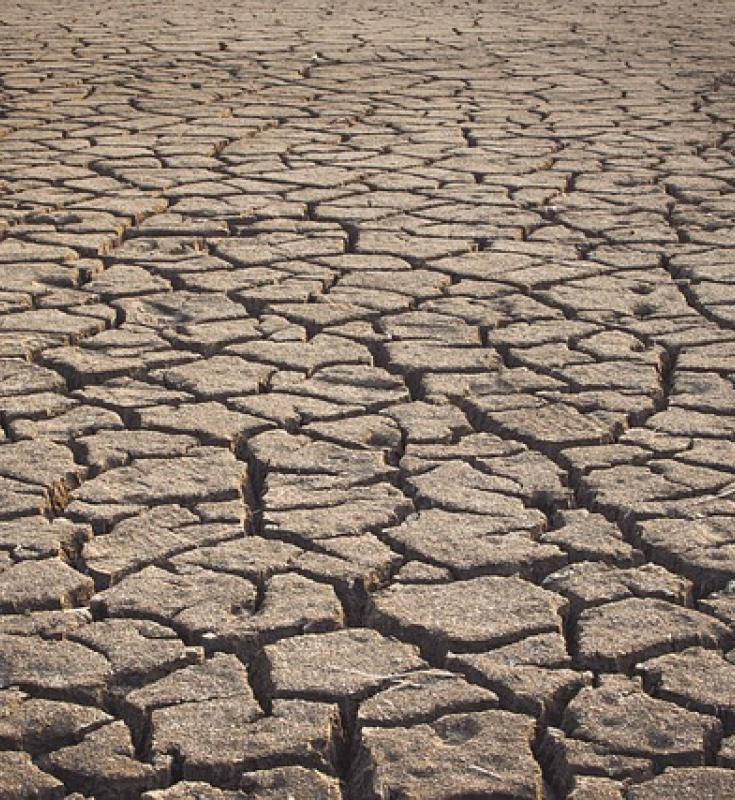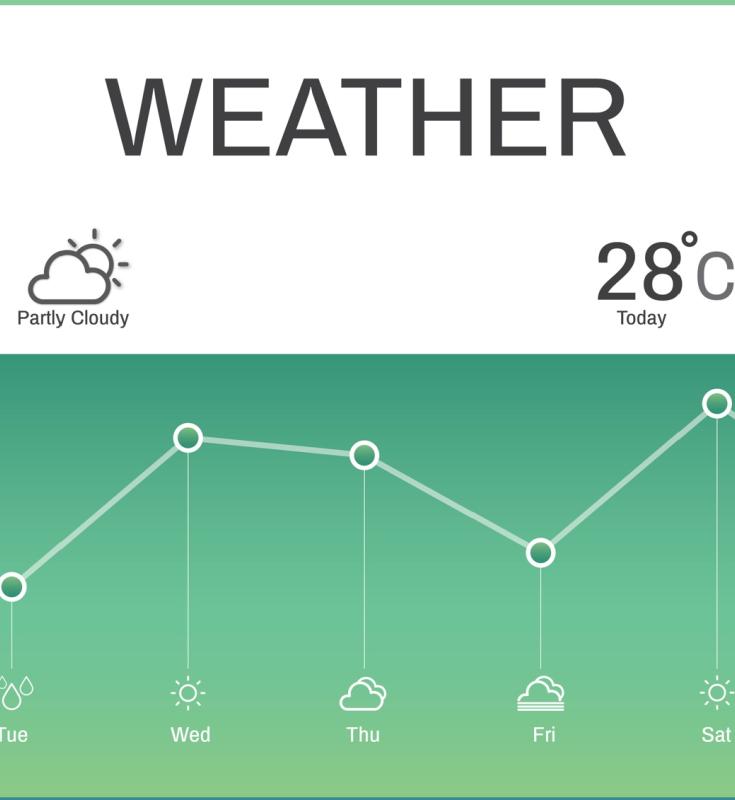Climate, Meteorology, and Hydrology
Strategic Axis 2: Climate, Meteorology, and Hydrology
Agropastoral Activities in West Africa and the Sahel: Climate, Meteorological, and Hydrological Challenges and Solutions. In West Africa and the Sahel, agropastoral activities mainly depend on rainfall, with nearly 70% of the population relying entirely on rainfed agriculture for their livelihood. Only a small portion of crops are irrigated along rivers, lakes, and dams. Yet, the region’s water potential remains largely untapped: only 3% of rainfall is utilized, and barely 20% of the 4 million hectares of irrigable land is actually cultivated (World Bank, FAO). Climate impact is critical in this vulnerable region. Prolonged droughts and irregular rainfall make harvests unpredictable. CILSS is working to better understand these climate changes to help farmers adapt.
Meteorology offers solutions: with modern stations and more accurate forecasts, farmers can better plan their sowing and harvesting. CILSS disseminates early warnings to anticipate bad seasons. Hydrology is key to developing irrigation. CILSS maps water resources and supports the construction of sustainable irrigation systems. Projects like PARIIS demonstrate how to better utilize river and groundwater. In response to these challenges, Sahelian countries, with CILSS support, are investing in:
- More efficient weather alert systems;
- Better-managed dams and water reservoirs;
- Water-saving irrigation techniques;
- Training farmers in new methods.
These combined actions help protect crops, create rural jobs, and ensure food stability across the region. CILSS’s work on climate, weather, and water is therefore vital for the future of millions of Sahelian farmers.
Related Services
Related Services

Hydrological services
Indicators for monitoring water, anticipating floods, and managing water resources

Irrigation Information
Data and information on irrigation in West Africa and the Sahel

Drought and flooding :
Reliable indicators for monitoring water, anticipating floods, and managing water resources

Monitoring the impacts of risks and disasters
Data and information on natural disaster risk prevention and management in West Africa and the Sahel.

Climate data and information
Climate data and information for West Africa and the Sahel
